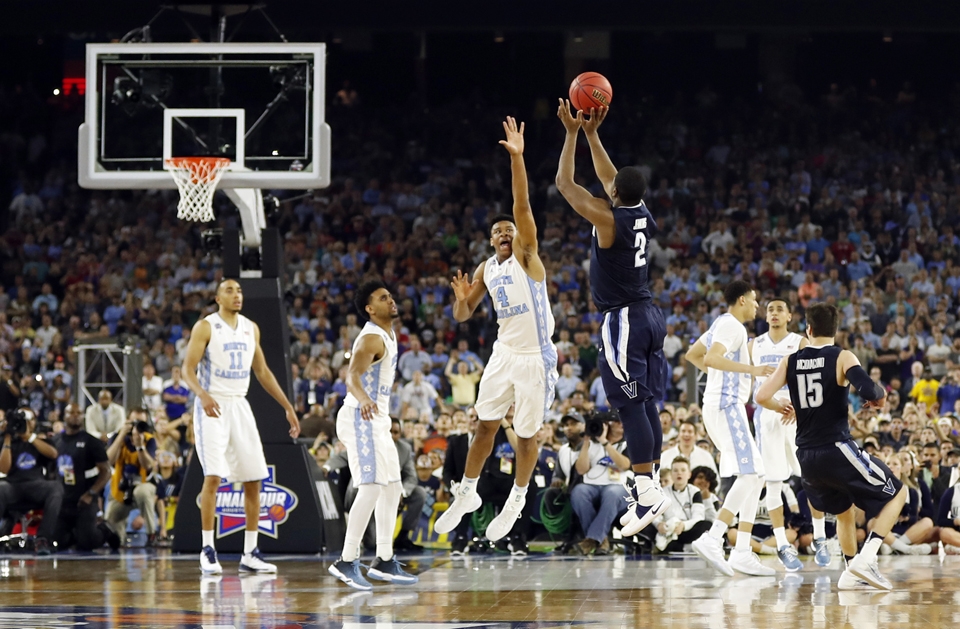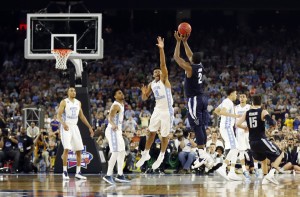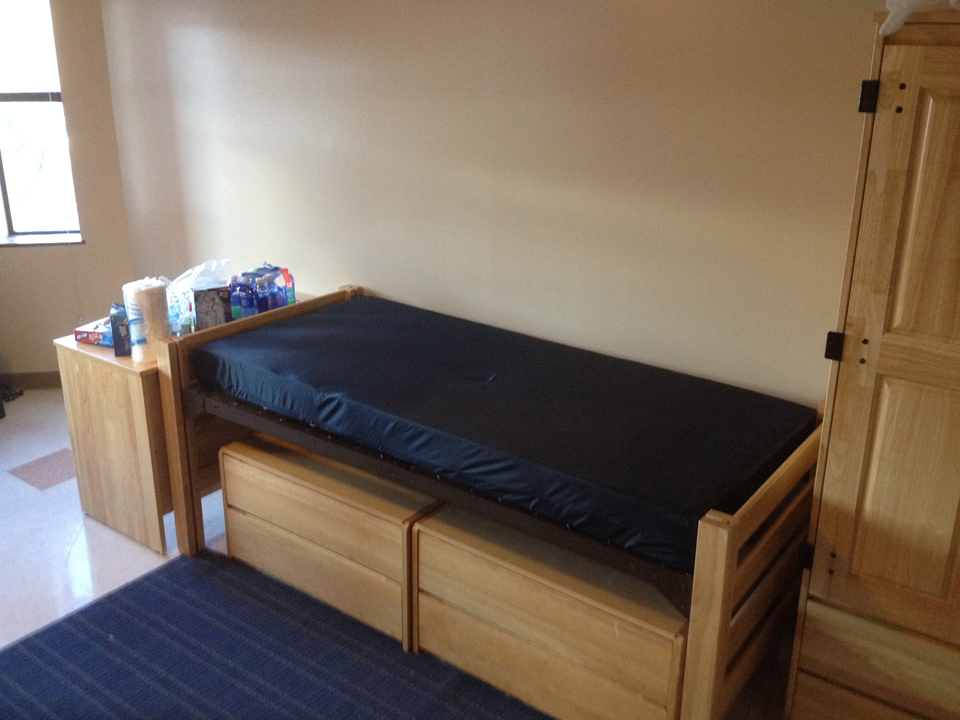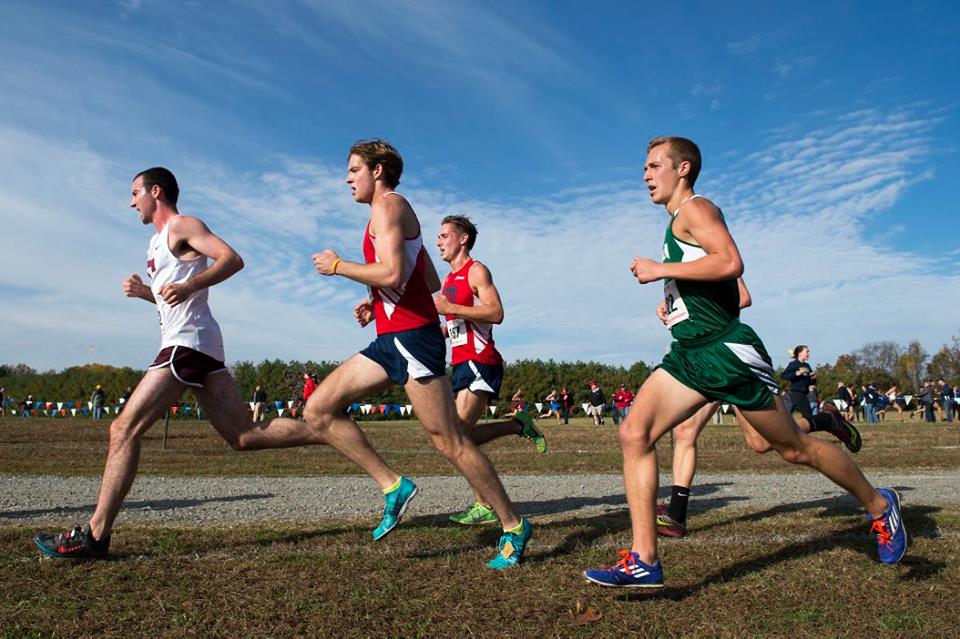

By Andrew Holman | Assistant Sports Editor
On Championship Monday, Kris Jenkins received a pass from Ryan Arcidiacono and drilled a long range 3-pointer, securing his spot in NCAA Tournament lore and etching Villanova’s name into the championship trophy.
As Jenkins nailed that triple, the student population at Villanova University stormed the court back at The Pavilion and proceeded to party in the streets in the following hours. Now why bring this up?
Well, Duquesne and Villanova are fairly similar, with both educating roughly 10,000 total students — except one school is winning an NCAA men’s basketball championship while the other school can’t even make the finals of the College Basketball Invitational.
One school is just 12 miles outside of Philadelphia; the other is in the heart of downtown Pittsburgh. These schools are located in the two biggest cities in Pennsylvania, but being at opposite ends of the state is probably a much bigger factor than people realize.
In 2014, Deadspin created an interactive map that breaks down where the 4,562 NCAA Division 1 men’s basketball players were from. Per capita, Pennsylvania isn’t exactly a hotbed for basketball talent except in one place — Philadelphia. Also, in favor of the Wildcats, Maryland, Washington D.C. and New York City are known for producing an extremely high number of talented basketball products per capita.
Villanova’s roster exemplifies those numbers, as 11 of the 14 players on the 2016 Championship team are from Pennsylvania, Maryland and New York — with two of the others coming from Delaware and New Jersey, which are also close to Philadelphia.
Duquesne — not so much. The Dukes 2015-16 roster included just one player from Maryland and one player from New York. All three of the Pennsylvania players are from the Pittsburgh area, with two of those being walk-ons, which aren’t typically recruited.
Duquesne shouldn’t be using its location as an excuse, though. Ohio, Michigan, Illinois and especially Indiana are all significantly better basketball hubs per capita than Pennsylvania. Only 5 of 17 Duquesne players are from those states — one of those also being a walk-on.
It should also be mentioned that hardly anyone else in the Atlantic 10 other than Dayton recruits in that region. Most of those players are either going to the Big 10 or the Mid-American Conference and if anyone recruiting for Duquesne has any clue what they are doing, it shouldn’t be too difficult to recruit guys away from the MAC.
Thirteen of the 14 players on the Wildcat roster are from the same specific area of the country. That is how a program can limit the cost of recruiting and still bring in top tier players. A map of Duquesne players shows guys from all over the place such as Florida, Maryland, Ohio and even Canada and England.
Want to know where all the money is being spent? Probably on mishandled recruiting and a mediocre basketball coach.
Jay Wright has a .693 win percentage at Villanova, which includes 3 trips to the NIT, 11 bids into the NCAA Tournament, 2 appearances in the Final Four and now a National Championship. Wright made nearly $2.5 million in 2016, according to USA Today. Where do they get the money to pay him that much? Winning.
On the flip side, Duquesne coach Jim Ferry makes somewhere between $600,000-700,000 to have a .400 win percentage at Duquesne and a stunning .265 win percentage in the Atlantic 10 Conference. Additionally, he only has a trip to the CBI to show for his four seasons at Duquesne.
Previous head coach Ron Everhart had a .527 overall win percentage and a .479 win percentage in the A-10, even reaching an Atlantic 10 Championship game, but he was fired in 2012 with Duquesne paying him through the 2013-14 season.
Two mid-sized universities on polar ends of Pennsylvania also find themselves on opposite ends of the college basketball world. The best way for Duquesne to close that gap is to refocus their recruiting and either hope Ferry steps up or find a more accomplished coach.



